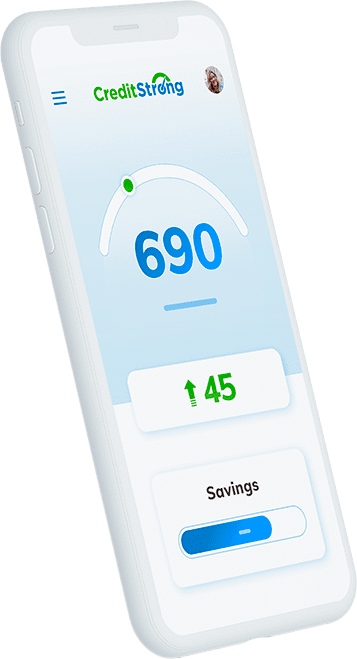How Long Does It Take For Tradelines To Post?

Build strong credit
while you save

When you’re focused on improving your credit, you’re always keeping tabs on the personal tradelines being added and removed from your credit report.
If you’ve recently added a new tradeline with the hopes of increasing your credit score, you’re probably wondering when it will start showing. Understanding how tradelines work and when they show up enables you to track the impact it has on your credit report.
How Long Do Tradelines Take To Show Up On A Credit Report?
After opening a new tradeline, you’ll first see the hard inquiry on your credit report within one or two days. The time it takes for your new trade line to post to your credit report is a bit longer and depends on three details:
- Your creditor’s reporting schedule with the credit bureaus.
- When you opened your account (before or after their reporting cycle)
- Which credit bureaus your creditor reports to.
Typically, creditors and lenders send new data to the credit bureaus each month. They transmit information such as your:
- Payment history
- Account status
- Credit limit or loan amount
- Credit utilization (for revolving accounts)
- Current balance
- Date of account opening
In most cases, this information shows up on your credit report as soon as 45 days. Each creditor has a different reporting schedule though, so it may take up to 90 days for the new information to post to your credit report.
It’s important to note that not all lenders send information to all three credit bureaus. Some lenders might send data to only one or two credit reporting agencies. For example, if they only report to Equifax and Experian, you’ll never see your tradeline reported to TransUnion.
To get consistent reporting across the board, check with your lender to make sure they report to Experian, TransUnion, and Equifax.
How Long Do Tradelines Stay On A Credit Report For?
Tradelines can last a long time! As long as the primary tradeline account you have is active and open, it’ll stay on your credit report. That means your positive accounts have a lasting impact on your credit history.
For example, let’s look at mortgages. A typical mortgage lasts for 30 years. As long as the mortgage is kept in good standing, you’ll see the mortgage tradeline on your credit report for the full life of the loan.
Even after you close an account in good standing, it can stay on your credit report for up to 10 years depending on which credit reporting agency it’s under. That’s true for well-maintained trade lines, but accounts with a negative history have a shorter lifespan.
If your account was closed due to delinquency or other negative credit history, the tradeline sits on your credit report for seven years. Except this time, it’ll show as a public record or collections account.
The only exception to delinquent account reporting are accounts resolved via bankruptcy which may stay on your credit report for 10 years.
When buying tradelines, this is much different. Buying tradelines means the authorized user tradeline is only on your credit report for a short time. The person selling tradelines will agree to a timeframe that your name will be listed on their credit card tradeline in exchange for payment.
Once your name is removed from a seasoned tradeline as an authorized user, the credit card account will no longer boost credit scores for you. Typically the timeframe for removal from authorized user tradelines is about one to two months unless otherwise agreed upon.

How Much Will A Tradeline Boost My Credit?
Adding a tradeline to your credit report can either boost credit scores or decrease your credit based on the status of your credit report. If you haven’t had credit accounts before or have been noted as having a “thin” credit file, then tradelines have the potential to raise credit scores.
According to recent credit score statistics, 11 percent of Americans don’t qualify for a FICO credit score due to their lack of at least one established credit account.
For people in this situation, a new tradeline (like a credit card) paired with healthy credit habits can build credit within several months.
If you have multiple credit accounts already, a new tradeline could be a toss-up. For those adding an installment tradeline to a credit report full of revolving accounts, your credit score may increase with the improvement of your credit mix.
If you’re adding a new credit tradeline to repair bad credit or compensate for multiple high credit card balances, then credit bureaus might think you’re overextended, which lowers your credit score even more.
Since everyone’s credit report is different, the best way to predict how a tradeline could impact your credit score is to use a credit score simulator. You can find one on most credit bureau websites or even through your credit card company.
Overall, trade credit doesn’t take long to be added to your credit report. Factors like the lender’s reporting schedule and the date of account opening affect how long it takes. Once the tradeline is there, it’s not going anywhere as long as the account is active and in good standing.
If you’re one of the millions of Americans with no credit score, you can start moving towards a good credit score with a few clicks and no hard credit check. Start building good credit today without building debt by using CreditStrong.
CreditStrong helps improve your credit and can positively impact the factors that determine 90% of your FICO score.
